Home / Casos de Éxito / Proyecto Smart Water en Valencia para controlar la gestión del ciclo del agua
La historia del ser humano está estrechamente ligada al agua. El agua dulce ha sido un factor clave en el surgimiento de las civilizaciones, no sólo para el consumo humano directo, sino también para la agricultura y la ganadería. El crecimiento de las comunidades y su creciente dependencia de un suministro constante de agua llevó a la creación de obras hidráulicas primitivas para garantizar dicho suministro. El sitio grandes civilizaciones del mundo antiguo surgieron en torno a la abundancia de agua. Los ríos eran vitales para el riego y el crecimiento del comercio. Mucho más tarde, la industrialización y su expansión también dependieron del suministro de agua y del uso de las vías fluviales.
La humanidad ha sido inteligente y creativa con respecto al uso del agua, pero también la causante de su contaminación y de la disminución de su disponibilidad. En todo el mundo, el descenso del nivel de las aguas subterráneas, las desastrosas sequías y calamitoso inundaciones son cada vez más atribuibles a la actividad humana, y el deterioro de la calidad del agua lo es directamente.
Aunque todos los organismos vivos de la Tierra dependen del agua, los seres humanos la utilizan muy por encima de sus necesidades de supervivencia. El agua dulce de embalses y pozos se utiliza para innumerables fines, y el consumo de agua aumenta constantemente. Sólo en el siglo pasado, el consumo mundial total de agua aumentó seis veces.
Fig. 1.- a) Extracción total de agua dulce por regiones b) Uso de agua dulce por sectores y regiones (ambas actualizadas en 2010)
La gestión integrada del ciclo del agua es una forma de que las empresas locales de suministro de agua gestionen de forma sostenible sus sistemas hídricos para maximizar los beneficios a la comunidad y al medio ambiente. Este ciclo comienza con las precipitaciones que permiten que los ríos, lagos o embalses contengan agua. A continuación, esta agua es tratada y almacenada para su posterior uso doméstico o agrícola. Por último, el agua se trata para purificarla antes de devolverla al medio ambiente.
Fig. 2.- Gestión del Ciclo Integral del Agua
El ciclo del agua es vital para cualquier ciudad por lo que debe ser supervisado para garantizar un perfecto funcionamiento del sistema. La red de alcantarillado sanitario de una ciudad gestiona la evacuación y recogida de aguas pluviales, así como el transporte, control y tratamiento de las aguas residuales. Este sistema debe funcionar perfectamente y debe ser capaz de reaccionar ante situaciones imprevistas para minimizar las pérdidas económicas producidas por catástrofes naturales como las inundaciones.
Las redes inalámbricas de sensores (WSN) pueden ayudar a vigilar las condiciones medioambientales y la calidad del agua, permitiendo un registro de datos más fácil, rápido y barato, lo que redundará en una mejor utilización de los recursos de cada organización o gobierno.
Proyecto PRETESIC
El proyecto PRETESIC ha sido desarrollado por el Instituto de Tecnología Informática (ITI) en colaboración con la Universidad Politécnica de Valencia (UPV) y Telefónica Cátedray se ha desplegado en la ciudad de Valencia (España). Este sistema es capaz de monitorizar la calidad del agua midiendo diferentes parámetros ambientales y su principal ventaja es minimizar el tiempo necesario para desplegar una red de sensores inalámbricos en un área determinada. Este tipo de redes se conocen como Redes de Sensores de Despliegue Rápido (QDSN).
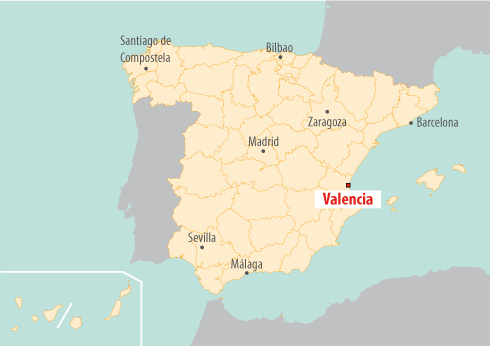
Fig. 3.- Localización del proyecto
PRETESIC tiene como objetivo monitorizar en tiempo real la red de alcantarillado sanitario de Valencia para determinar la calidad del agua y así, establecer si los elementos de la red funcionan correctamente. De este modo, el sistema es capaz de reaccionar ante situaciones inesperadas, evitando los posibles daños que catástrofes naturales como las inundaciones suelen provocar en las ciudades.
Una de las principales ventajas de este proyecto es permitir el despliegue de una red de sensores inalámbricos en un fácil y asequible manera en cualquier parte de una ciudad. Otro tipo de sistemas requieren un estudio sobre la zona en la que se va a desplegar la red. Sin embargo, PRETESIC permite desplegar los nodos sensores en cualquier lugar y empezar a recibir datos inmediatamente.
Por un lado, estos nodos sensores se han utilizado para medir parámetros del agua como PH, temperatura, conductividad o redox, que permiten determinar la calidad del agua y comprobar si los diferentes procesos del ciclo del agua funcionan correctamente. Por otro lado, este sistema permite detectar posibles problemas con motores o bombas de aguaevitando que se detengan y ahorrando una enorme cantidad de dinero.
La solución
Este proyecto puede explicarse mejor con el siguiente diagrama:
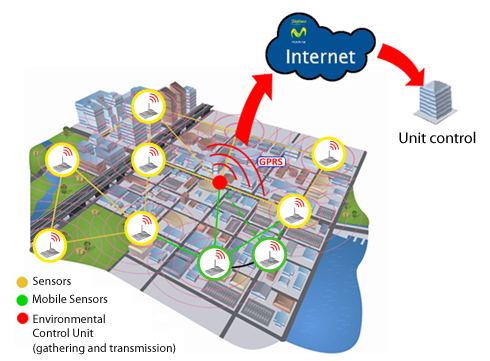
Fig. 4.- Diagrama de solución
Los nodos PRETESIC utilizan Waspmotes y son capaces de medir distintos parámetros:
Estos sensores se conectan al Waspmote a través del Placa de sensores Protoque contiene los componentes electrónicos necesarios para integrar fácilmente estos sensores en el hardware.
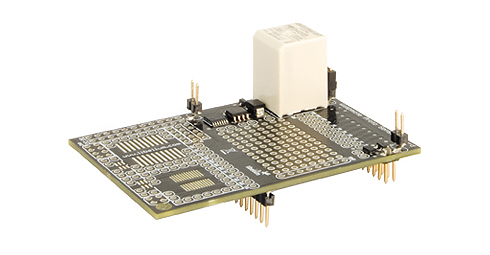
Fig. 5.- Placa de sensores Waspmote Proto
Los nodos PRETESIC son capaces de medir desde hasta tres sensores 4-20mA gracias a la integración realizada sobre Proto Sensor Board. La Figura 6 muestra una vista interna de estos nodos.
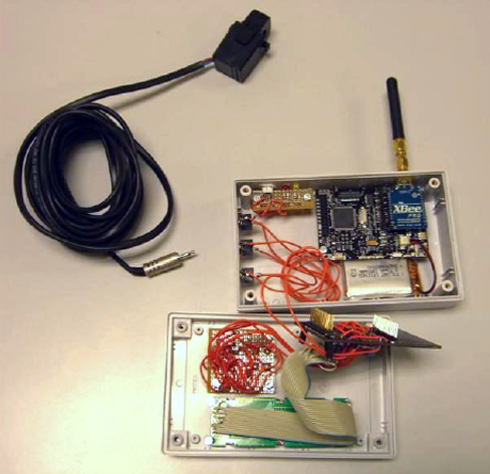
Fig. 6.- Nodo PRETESIC usando Waspmote y Proto Sensor Board
Las principales características de estos nodos son:
Para saber dónde se encuentra este sensor, cada Waspmote puede integrar un GPS, que proporciona información precisa sobre la posición y la hora.
Libelium ofrece varios módulos inalámbricos para el comunicación por radio:
|
Modelo |
Protocolo |
Frecuencia |
Potencia TX |
Sensibilidad |
Gama* |
|
XBee-802.15.4 |
802.15.4 |
2,4 GHz |
1 mW |
-92 dB |
500 m |
|
XBee-802.15.4-Pro |
802.15.4 |
2,4 GHz |
63 mW |
-100 dBm |
7000 m |
|
XBee-ZigBee |
Zigbee-Pro |
2,4 GHz |
2 mW |
-96 dBm |
500 m |
|
XBee-ZigBee-Pro |
Zigbee-Pro |
2,4 GHz |
50 mW |
-102 dBm |
7000 m |
|
XBee-868 |
RF |
868 MHz |
315 mW |
-112 dBm |
12 km |
|
XBee-900 |
RF |
900 MHz |
50 mW |
-100 dBm |
9 km |
|
XBee-XSC |
RF |
900 MHz |
100 mW |
-106 dBm |
9 km |
Fig. 7.- Distancias alcanzadas en función del protocolo
Así, podemos alcanzar hasta 12 km en condiciones de Línea de Vista (LOS) utilizando el módulo de 868MHz. También es posible transmitir los datos a través de GPRS/3G, como módulo de radio secundario para una mejor disponibilidad y redundancia en situaciones en las que es crítico asegurar la recepción del mensaje. El módulo GPRS/3G es cuatribanda (puede operar en 4 bandas diferentes, por lo que es compatible con cualquier proveedor de conexión celular), por lo que puede funcionar en todo el mundo, por lo que este proyecto que estamos describiendo es apto para cualquier país.
Una de las principales características del Waspmote es su bajo consumo:
Para ahorrar batería, el Waspmote pasa la mayor parte del tiempo en modo reposo. Al cabo de unos minutos (programables por el usuario), Waspmote se despierta, lee de los sensores, implementa la comunicación inalámbrica y pasa de nuevo al modo de reposo. Cada dispositivo puede alimentarse con baterías recargables y un panel solar, lo que hace que el sistema sea muy autónomo.
Proceso de implantación
Dado que una de las principales características que proporcionaría el sistema PRETESIC era la facilidad para desplegar una red de sensores inalámbricos en cualquier lugar, se dotó a cada nodo de un ajuste remoto. Así, cada nodo se puede configurar a distancia y modificar el sensor desde el que va a medir. Todo ello, de forma gráfica y sencilla, para que un trabajador sin conocimientos especiales pueda llevarlo a cabo.
Una de las características de estos nodos es que están dotados de un HMI para ver si el nodo tiene cobertura de radio. Esta pantalla también proporciona información sobre el sensor conectado al nodo, como podemos ver en la Figura 8.
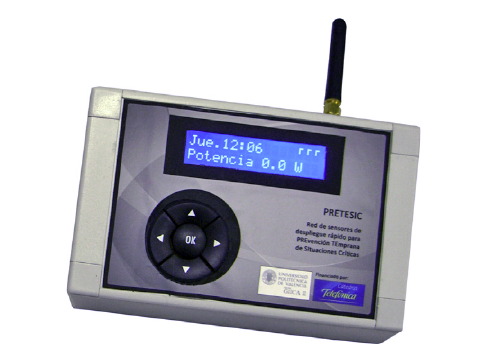
Fig. 8.- Nodo PRETESIC
El proceso de despliegue de este proyecto es diferente al de otros proyectos en los que los nodos tienen una ubicación fija. En este caso, el sistema PRETESIC puede instalarse en cualquier lugar durante unas horas y luego trasladarse a otra parte de la ciudad para volver a medir.
La Figura 9 explica el proceso de despliegue que se lleva a cabo cada vez que una nueva área quiere ser cubierta por el sistema PRETESIC.
Fig. 9.- Proceso PRETESIC para desplegar una red
Una vez desplegada la red, la unidad móvil empieza a recibir datos. Estos datos se envían por Internet a un servidor remoto que los almacena y trata. Al mismo tiempo, los trabajadores, que están recibiendo datos en tiempo real en la unidad móvil, pueden ver estos datos en sus pantallas gracias a un potente software. Así, los trabajadores pueden saber si los datos recibidos son correctos o hay algún problema en la medición. La figura 10 muestra un ejemplo de varios gráficos generados en la unidad móvil.
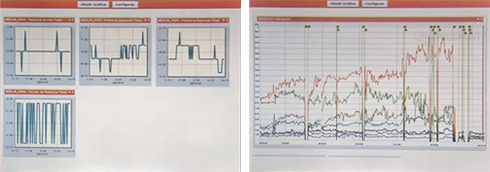
Fig. 10.- Software PRETESIC de análisis de medidas
Como resultado de este proyecto, la calidad del agua y el ciclo del agua pueden controlarse en tiempo real para comprobar que todos los elementos de la red de alcantarillado sanitario funcionan correctamente y para ser capaz de reaccionar ante una situación inesperada. Por lo tanto, se puede ahorrar una gran cantidad de dinero minimizar los efectos de una catástrofe natural y evitar que se rompan partes del ciclo del agua.
Si está interesado en Waspmote, estaremos encantados de ayudarle a diseñar su sistema. Puede solicitar una oferta de Waspmote aquí.
Más información sobre el proyecto y su despliegue en el siguiente vídeo:
¡Descubra nuestros kits IoT en The IoT Marketplace!
El IoT
Mercado
Comprar en el mercado
Kits IoT